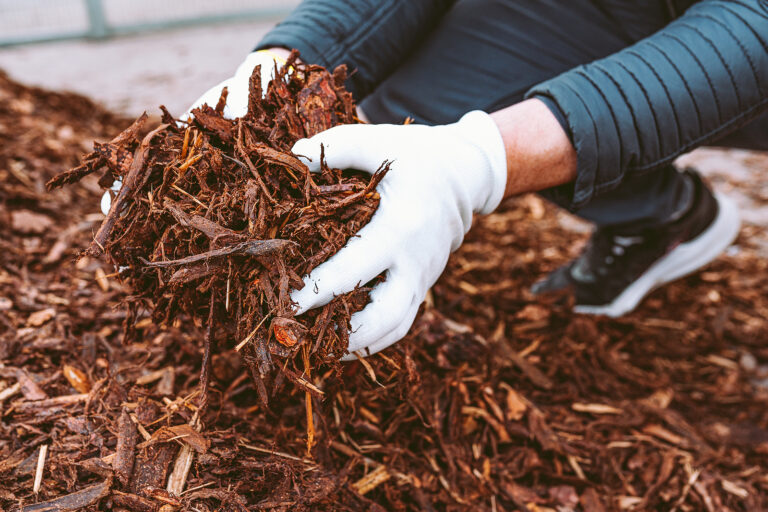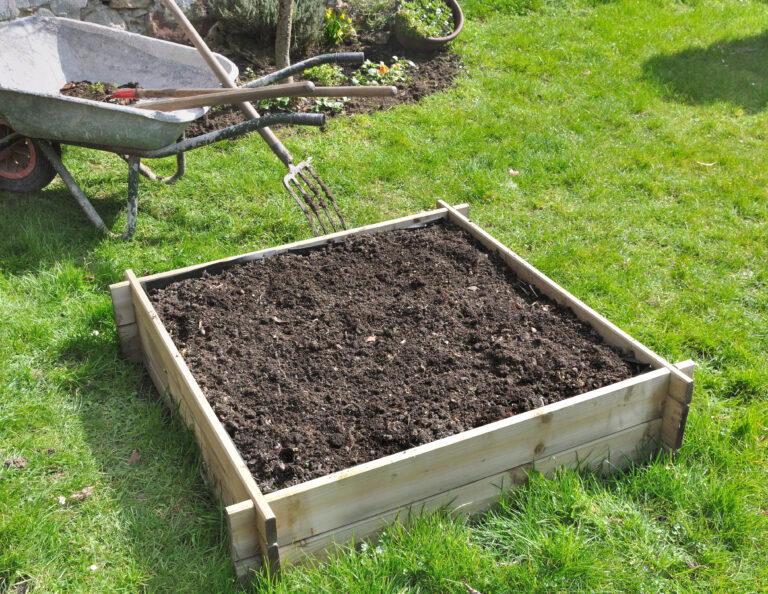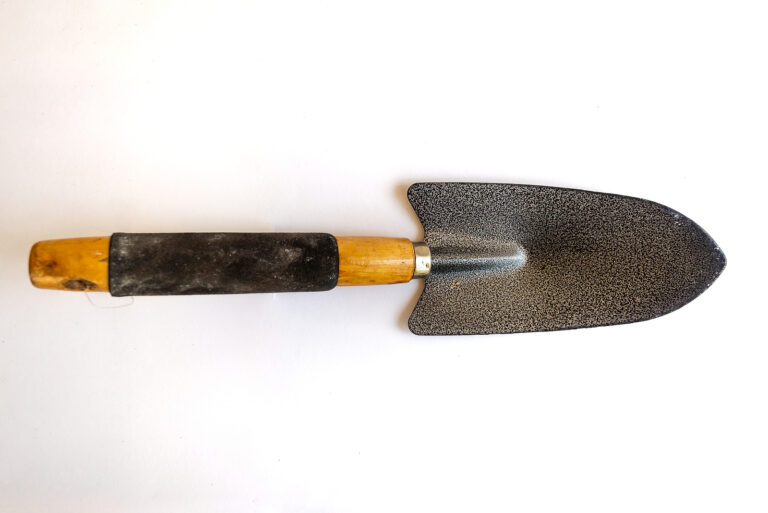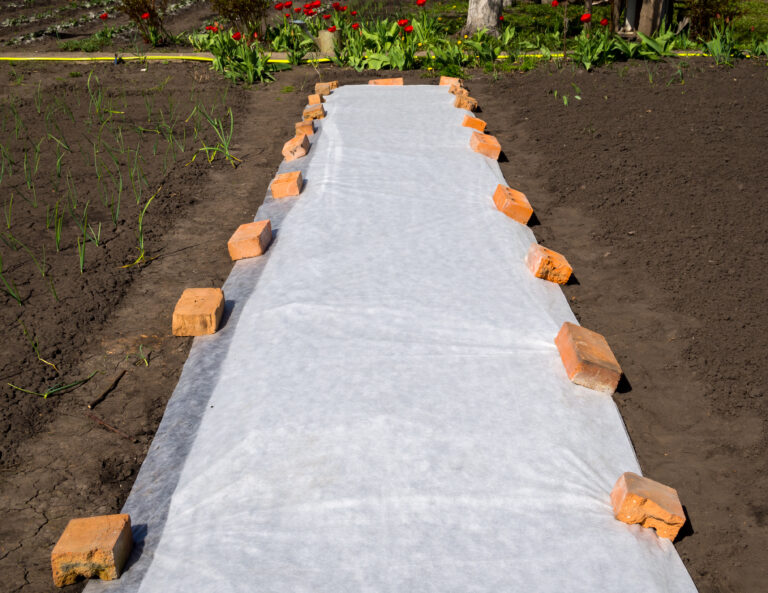Peat Pot Buyer’s Guide
Peat pots are small pots made from compressed peat and wood fiber and sometimes fertilizer. Peat pots are used for starting seeds, usually with sterile soilless mixes. Peat pots are biodegtradable and can be planted directly into the garden when the seedling is ready, avoiding transpant shock as well as the work of repoting. Peat…






